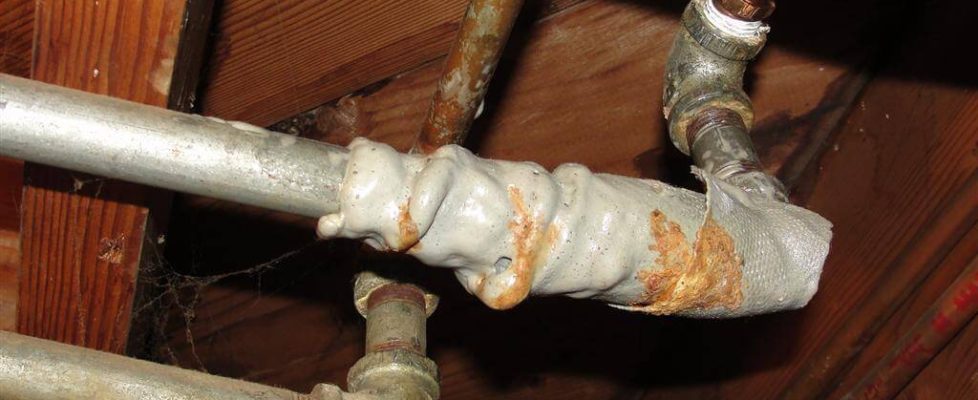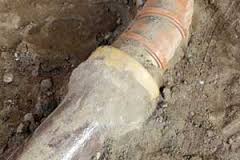Top 2 Reasons to Replace Old Plumbing: Galvanized Pipes
The piping system used in the pre-1960s was galvanized pipes; it was the bane of old- house plumbing. In fact, houses from that era or even earlier time had high chances of; either having or has had a lot of problems, therefore, it has undergone re-plumbing. There are two major problems encountered in plumbing this includes;
-
Galvanized pipes
When hot water is turned on, and the pressure is low, the house probably has galvanized pipes that are corroded and plugged up; hence the hot water pipes are first to go. It is important to note that the house can still have a good pressure system. This is because the hot water pipes have the unseen galvanized-pipe problem. Hence, it is possible that the bad pipes were the only one replaced; leaving the old galvanized pipes in the house which is either in need of replacement or will soon need replacement.
Experts advise homeowners to replace the whole piping system when the piping starts to go bad, although it is pricey. Homeowners, therefore, prefer the most economical way of a halfway fix by repairing the pipe that has an immediate problem only. Even worse is the fact that the bad galvanized pipe is replaced with more galvanized pipe; instead of using copper or plastic pipe this means that the problem has been extended rather than finding a solution.
Most of the plumbing system is behind the wall, hence making it difficult to determine the whole plumbing picture. Plumbers often run new pipes through the floor which is under the sink instead of through the walls, this ensures that the new plumbing can be seen. As a result, one can get a picture of the plumbing status of a house. If the house in question has crawl space plus one is not discomforted by going into it.
-
Copper in Galvanized Pipes
When copper is attached to galvanized pipes dielectric coupling is required, to stop the corrosion that is caused by dissimilar metals touching. Unfortunately, these junctions could be hidden within the walls, which if the plumber did re-plumbing it certainly would be correct; but if it was a do-it-yourself work the homeowner could not have included the dielectric coupling.
-
SEWER LINE.
Plumbing is not confined to the house, it starts and ends at the streets. When it comes to the supply side; all the piping on the house side of the meter belongs to the house owner, while everything found on the street side belongs to the water district. The meter should contain a dial which shows minute flow of water, therefore, if you turn off the water supply inside the house and the dial still moves then it is an indication of a leak in the system.
When a house is on a sewer line, then the homeowner owns the line that is from the house to the street, but the line can be worrisome in old houses.
Sewer lines can be of plastic, cast iron and clay. The plastic sewer lines, which became common in the 1980s, is durable although it can be crushed. Old cast iron corrodes, and the clay sewer line is particularly susceptible to root intrusion. It is important to note that all types of pipe material can succumb to an impenetrable plug from either diaper, grease or tennis balls.
Old houses just like anything else getting on in years is susceptible to notorious age-related problems. Therefore, when it comes to plumbing problems, galvanized pipes and bad sewer lines are suspected to be the main problems experienced in old houses.



